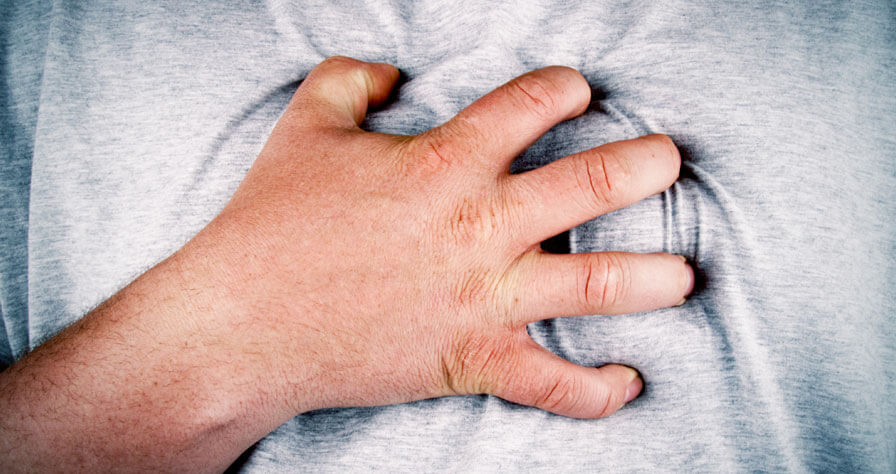Exercise-related Heartburn

Does your training run leave you with a burning sensation in your chest that seems as intense as your workout? Do downward dog and ab work end in acid reflux?
If you suffer from these symptoms during or after a workout, you may be experiencing heartburn, a common side effect of exercise. Caused by acid reflux or gastroesophageal reflux disease (GERD), heartburn occurs when the lower esophageal muscle relaxes or becomes weak, and digestive juices rise up into the esophagus.
When you exercise, the movement agitates your body and the contents of your stomach. Additionally, exercise diverts blood from the stomach, so undigested food may stay there longer, increasing the risk even more. Symptoms include:
- A burning feeling behind your breastbone
- Sour taste or feeling of burping acid into the mouth
- Trouble swallowing or feeling that food is stuck in the throat
- A sore, raw throat, dry cough or hoarse voice
Best ways to block the burn
Don’t let heartburn keep you from working out! The pressure of excess pounds contributes to reflux, so lowering your weight may help lower your risk. Instead, try these tips for a more comfortable workout:
- Wait at least two hours after eating to give the stomach time to empty.
- Avoid fried, high-fat or spicy foods before exercise and other triggers including: coffee and other caffeinated drinks; mints and chocolate; and citrus fruits/juices, tomatoes and onions.
- Try eating frequent, smaller meals instead of bigger ones.
- Chew your food properly.
- Stay hydrated to aid in digestion; however, avoid or dilute high-carb sports drinks.
- Wear loose-fitting clothes – tight clothing can put pressure on the abdomen.
- After exercising, drink a glass of reduced-fat milk — this may ease symptoms.
- Take an antacid or over-the-counter medication such as Zantac, Pepcid or Tagamet before working out.
If you are having severe exercise-induced heartburn, you may have to temporarily avoid activities that are most likely to cause reflux. These include strenuous aerobic exercise, such as running or cycling, and exercises that involve lying flat or bending forward, such as weight-lifting or yoga. Try changing your workout to a lower-impact activity, such as light jogging, walking, swimming or low-impact aerobics. Or, work out on an elliptical machine, stationary bike or treadmill. Switch to light weight-lifting on a machine rather than free weights.
If your heartburn is persistent, talk to your doctor, who can suggest the best treatment for you and make sure it’s not a sign of anything more serious.
Note: Heartburn symptoms can mimic a heart attack or chest pain. If you are feeling severe, pressing or squeezing discomfort that lasts a while and is not helped by antacids, it could be a heart attack. If the pain goes away in five or 10 minutes, it’s probably not a heart attack, but you should keep a close eye on any discomfort. Never dismiss tightness in the chest as “just heartburn.”



